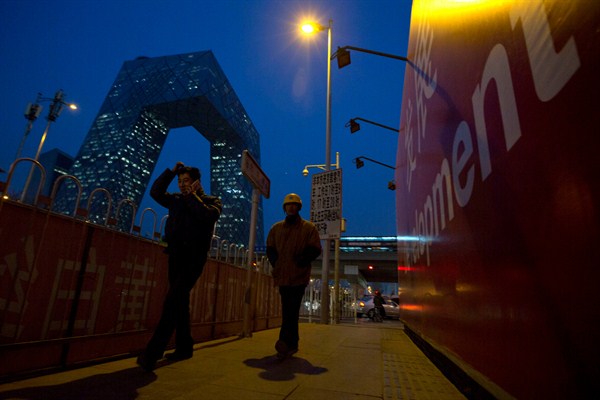The rise of a global middle class has been one of globalization’s great victories, but the surge in income and consumption in the developing world may be more of a temporary anomaly than a long-term trajectory. Some developing countries have ridden a commodities super-cycle to middle-class status, but most never made it or were far too late with the investments that might have converted the boon into more sustainable growth paths. Commodities are cyclical, and the global middle class may prove to be so as well.
From 2001 to 2011, there was an unprecedented surge in the number of people occupying middle-class status globally. A Pew Research Center study defined the middle-class bracket as individuals making $10.01-$20 per day on an adjusted basis. Defined in those terms, the middle class grew from 7 percent of the global population in 2001 to 13 percent 2011. Meanwhile, the study added, the low-income population, making $2.01-$10 per day, grew 22 percent, and there was a 52 percent decline in those considered poor—individuals making under $2 a day. Those findings are unambiguously positive: Globally, the developments that contributed to the emergence of a global middle class also raised millions out poverty.
But there’s more to it.

